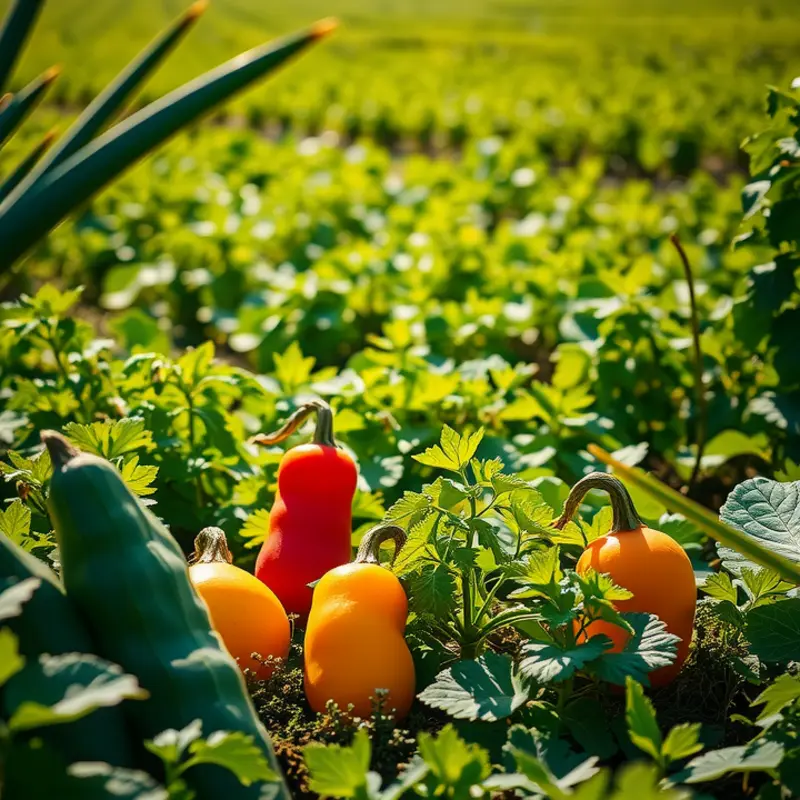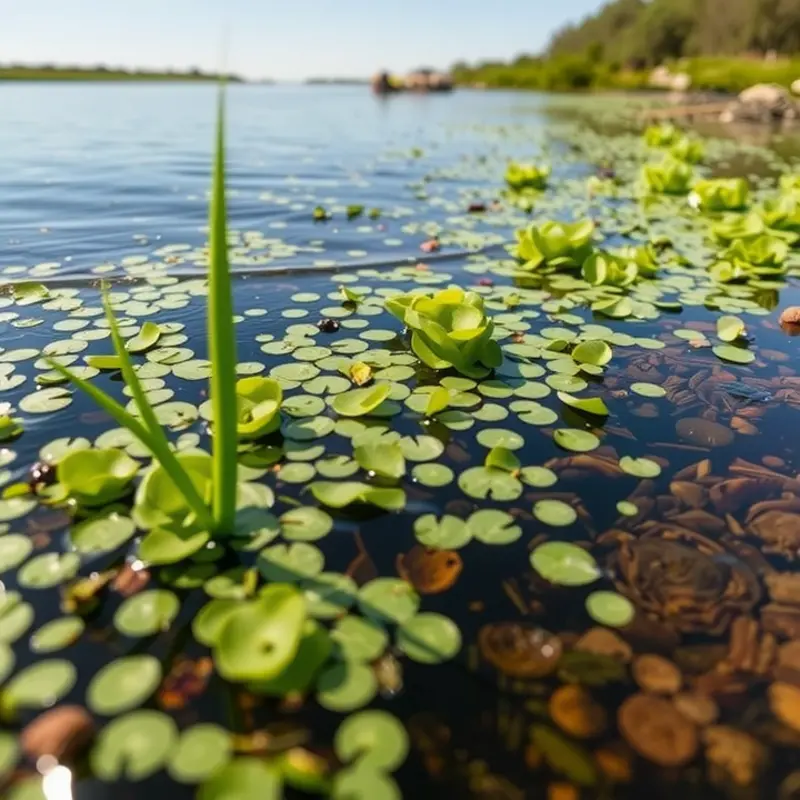Making environmentally-conscious food choices can significantly impact river health. By understanding how our dietary habits influence aquatic ecosystems, we can adopt practices that nurture biodiversity and water quality. This guide discusses practical food selections and habits that not only cater to personal health but also support the wellbeing of rivers and the wildlife they sustain. Engaging in sustainable consumption empowers you to contribute positively to the environment, ensuring future generations inherit vibrant and life-sustaining waterways.
Plant-Based Choices: The River’s Best Friends

Choosing a plant-based diet resonates with goals of preserving our rivers. Eating more plants reduces pollution caused by conventional animal farming. Livestock production often involves high nitrogen and phosphorus runoff, which chokes waterways and harms aquatic life. Opting for plant-based meals significantly cuts down this runoff, promoting healthier ecosystems.
Water conservation is another compelling reason to favor plants. Producing meat requires extensive water resources. By choosing lentils, beans, and grains, you conserve water and help keep it flowing naturally in rivers. Furthermore, selecting local, organic produce minimizes the carbon footprint associated with transporting food over long distances.
Prioritizing seasonal fruits and vegetables supports environmental health. Seasonal produce generally requires fewer artificial inputs and matches local climate patterns. This reduces the need for irrigation and chemical interventions that often lead to river contamination. Moreover, local, seasonal choices lower the carbon footprint by shortening the supply chain.
Processed foods frequently involve plastic packaging, contributing to ocean and river pollution. Plastic waste is pervasive in waterways, affecting aquatic organisms. Whole foods, which do not require excessive packaging, are a more eco-friendly option. Home-cooked meals encourage the use of these whole foods, diminishing the reliance on plastic-wrapped convenience items.
By avoiding processed foods, you also reduce your intake of added sugars and unhealthy fats, which often result in health complications. Instead, embrace alternatives like whole grains, nuts, and fresh greens. This will not only enhance nutrient intake but also lessen the demand for heavily packaged, processed foods.
The shift to a plant-based lifestyle extends to ethical consumption habits. Choose eco-friendly kitchen practices to complement your dietary changes. For ideas on environmentally conscious food storage, consult resources such as Eco-Smart Kitchen Storage. Implementing effective storage solutions can further decrease waste and safeguard aquatic ecosystems.
By weaving these plant-based practices into daily life, individuals play their part in nurturing healthier rivers. This cooperative effort will gradually rejuvenate our waterways, promoting a future where ecosystems thrive.
Fisheries and Watershed Wisdom: Sourcing Seafood Sustainably

Choosing sustainably sourced seafood is vital for maintaining healthy rivers and aquatic ecosystems. Overfishing threatens biodiversity and can lead to ecosystem collapse, disrupting the balance of marine and riverine environments. Pollution, through runoff of pesticides and chemicals, adds another layer of stress to these already fragile systems, while habitat destruction from coastal development further limits the biodiversity they can support.
To mitigate these effects, consumers can turn to eco-certifications to guide their seafood choices. Labels like Marine Stewardship Council (MSC) or Aquaculture Stewardship Council (ASC) indicate that agricultural practices meet standards for environmental sustainability and social responsibility. Looking for these certifications when buying seafood supports sustainable fishing practices, which can help alleviate pressure on threatened fish stocks.
Aquaculture, when done responsibly, offers another approach to promoting healthy fisheries. By raising fish in controlled environments, aquaculture can reduce the reliance on wild stocks and allow ecosystems time to recover from overfishing. However, it is essential to choose aquaculture operations that manage waste effectively and ensure the welfare of the fish to avoid contributing to pollution.
Community-supported fisheries (CSFs) offer a direct link between consumers and fishermen, often reducing the carbon footprint associated with transportation. They provide a model that promotes sustainability through direct distribution, eliminating intermediaries and supporting local economies. By participating in CSFs or frequenting local fish markets, consumers directly support fishermen using responsible fishing methods that prioritize the preservation of river habitats.
The benefits of these choices extend beyond environmental conservation. Locally sourced seafood is often fresher, supports regional culinary traditions, and maintains local employment. By reducing transport distances, less fuel is consumed, and fewer greenhouse gases are emitted, contributing to the overall health of our planet.
By consciously selecting seafood and understanding the impacts of our choices, we nurture not only river habitats but also broader aquatic and terrestrial ecosystems. This mindful approach to seafood consumption can significantly enhance the resilience of these critical habitats. For more insights into sustainable kitchen practices, consider exploring this guide on low-waste cooking and prep. It provides additional strategies to minimize environmental footprints within our daily cooking routines.
Final words
Adopting eco-friendly food choices not only nourishes our bodies but also plays a vital role in preserving the health of our rivers. The shift towards plant-based diets, sustainable seafood sourcing, and mindful consumption can have far-reaching benefits for aquatic ecosystems. Each meal is an opportunity to make a positive impact, showing that our individual choices collectively contribute to the greater good. As you cultivate sustainable eating habits, share your learnings with others to inspire a ripple effect. Together, we can foster vibrant rivers and richer biodiversity for future generations.








